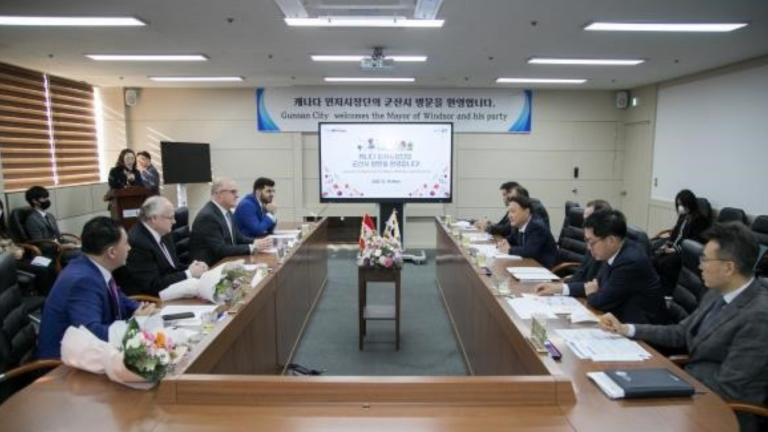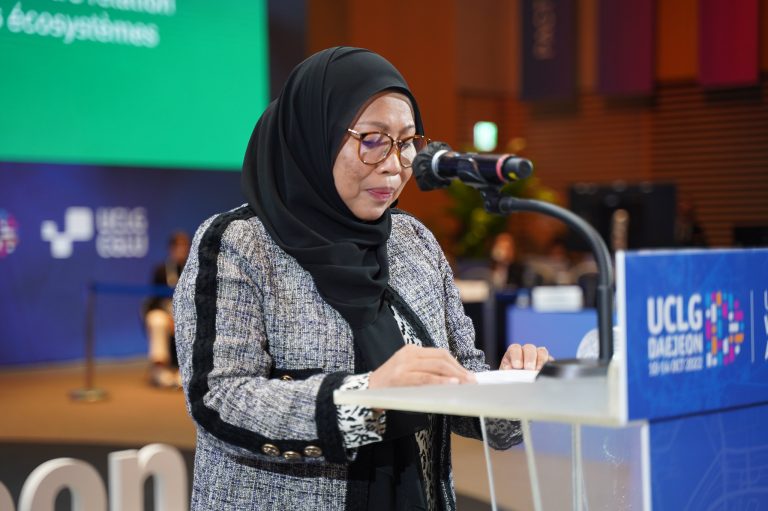COP27 has been a platform to solidify and redirect cooperation between countries to mitigate climate issues such as extreme weather events and increasing greenhouse concentration as the progress limiting global temperature rise may be hindered. On the positive side, COP27 results in loss and damage funding agreements to aid countries vulnerable to climate disasters, carbon market, and energy transition partnerships across countries. Several recommendations to reach the designated goal of 1.5°C greenhouse gas reduction are strategizing long-term emission development, decarbonizing many sectors by developing adequate technology, investing in nature-based climate solutions, and involving young people in climate action implementations.
Global policies are passed down to the common folk through their local governments as valuable stakeholders for achieving the nation’s goal to fruition. So, how does COP27 affect local governance?
Many local governments across Asia and Pacific countries took part in net zero emissions as there are at least 13 out of 30 countries in the region who are vulnerable to climate change impacts and 60% of coal consumption across the world came from here. The countries national roadmaps must emphasize on renewable energy options so it could be passed down to local governance roadmaps. As one of the most famous global tourist destinations, Bali pledged to ensure their energy supply purely comes from clean energy through Bali Mandiri Energi where they identify any potential energy sources and ensure that distribution begins smoothly to achieve sustainability. Shifting to low-carbon vehicles should be taken into priority because as by 2018, Asia and Pacific transport options are primarily fossil fuel powered and has contributed for 24% of total carbon emissions.
Local governments are working on equalising carbon absorption rate with the emission rate and possibly surpass it by year 2030 through focusing on land emission reduction from deforestation, restoration, forest management, and optimising unproductive land. The programs included forest restoration program in Indonesia, indigenous lands management in Australia, land protection by national park system in China, and other similar programs across Asia and Pacific nations.
Not only setting carbon emission reduction targets in several sectors, local governments utilize their natural resources to increase energy coverage especially in remote places. Asia and Pacific countries have launched their regional initiatives and open for partnerships and investment, as they are crucial to advance renewable energy technology developments and increase the effectiveness. Many local governments partnered with private companies to build power plants from locally available renewable sources to promote cheap energy and its optimization, which ultimately increase renewable energy mix and progressing their regional energy planning regulations.
Refocusing on reducing emissions may not have been successful without the role of local governments to adopt the initiation as regulations and implement them based on regional characteristics and needs. Because it is heavily associated with common goods, active participation from indigenous people and local communities is needed to ensure the development goes smoothly and everyone can reap the benefits.











